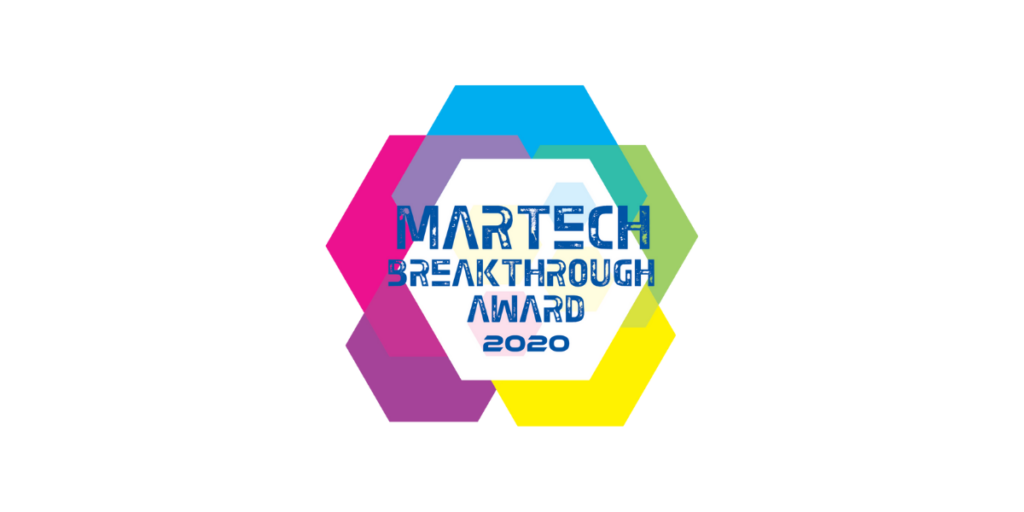
After working in Influencer Marketing on the agency side as well as the business development side, I’ve seen firsthand what strategies work for influencers when they’re presenting themselves to brands for partnerships.
If you’re a creator who’s relatively new to pitching yourself to brands in order to secure lasting, valuable, mutually-beneficial partnerships, here are a few tips to get ahead of the competition, and present yourself in the most professional light possible.
Know your stats! Data is brand catnip
As the Influencer Marketing industry matures and becomes more accountable, a content creator’s follower number is no longer the only badge of honor. Sure, it’s pretty neat to have a six-figure following and a blue tick, but if your engagement is dropping and your followers aren’t interacting with your brand collaborations, it’s of little value to a client.
Depending on what the client wants, keep the below in mind and demonstrate your reliability and success when pitching yourself to an agency or brand:
- Engagement rate (minimum 2% engagement rate is a good benchmark. If yours is lower, show the statistics below instead, rather than both)
- Average reach and impressions for a branded post (take your last 3 collaborations into consideration)
- Average story views
- Average story actions – swipe ups/clicks
- Any previous brand collaboration sales or click-through data (no need to disclose brand names, just verticals)
- Example branded content – show off your hard work!
It goes without saying the above should be presented in a nicely designed format (what we call a ‘Creator Card’) that’s easy to digest.
Audit and curate your content for “brand safety”
Although influencer marketing has progressed greatly as an industry, brands are still very cautious and can be strict when it comes to talent selection. Profanities, insensitivities to marginalized, minority, or LGBTQIA+ groups, excessive nudity, insults to others or any form of “inappropriate” content can be seen as risky content for many brands. Choosing to display this kind of content could narrow the brand deal pool.
Make sure you frequently audit your content and be considerate of the brands you’d like to work in the future before posting. If you want to work with a children’s brand or a charity, you will have to be even more cautious with your content from both past and present.
‘SEO’ yourself
For brands to be able to discover you through a tech partner like Tagger, they need to be able to see some basic information. If you add keywords for what your content is about in your bio, it’s going to be much simpler and quicker to select you for a potential campaign.
Adding a location, email, and anything else that may help brands connect with you is a bonus, too. There are a lot of talented people out there with very vague or completely blank bios which not only doesn’t add anything to their artistic aesthetic but also makes it very difficult for brands to find or consider them when they’re essentially ‘invisible’ to discovery tools online.
Show off with tangible case studies
If you’re already running your own business as the talent, why not think like a talent agency? Agencies always provide creds and case studies showcasing their previous work, and so could you. If you show off your past brand collaborations, relationships and any innovative creative work and signing off a project with your name becomes much easier.
Whoever you are pitching to, speak their ‘language’, behave like they do when pitching and you will be faced with less obstacles getting to the sign off stage.
Platforms can be your portal to brand deals
If you aren’t visible on a platform, you won’t be visible to thousands of brands using them for operational efficiencies. Most premium SaaS platforms do not need you to opt-in unless you are being invited to a campaign by a client. If your contract with the client clearly states how and when they will track content performance, there is no reason to be sceptical about opting into a platform.
Do your research on the platforms before you sign up and read their and the client’s T&Cs before doing so. Are they a thought leader in the space? How do they plan to use your data if you have to opt-in and for how long? Ensure the terms protect you as a content creator.
Always think about how you can add a little extra value to the partnership
Giving added value to a client will earn you major kudos in the influencer marketing world. Talent negotiations can be notoriously tricky, and most clients still struggle parting with big budgets for content creation. If you can offer one extra post, story, event attendance or anything else as an added value delivery, you are instantly placed in the roster of talent they will want to work with again and again. That doesn’t mean selling yourself short, but rather seeing the value in an ongoing partnership rather than just a one-time monetary exchange, so you can be seen as a long term collaborator, too.
Remember: You have a unique POV that can help brands
If you’re wanting to uplevel your social presence and make yourself more attractive to brands as a potential collaborator, follow these guidelines when pitching.
Remember, you yourself are a brand, and business, as well. If you come to negotiations armed with data, professionalism, and awareness, you’re much more likely to secure a high-value partnership.



